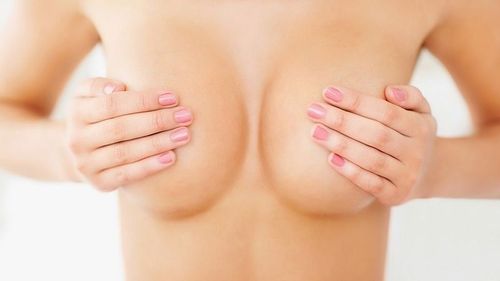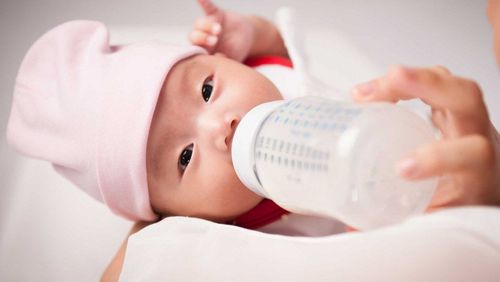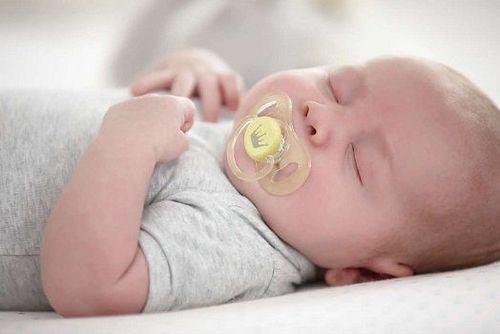This is an automatically translated article.
The article is professionally consulted by Master, Doctor Ngo Thi Oanh - Pediatrician - Pediatrics - Neonatology - Vinmec Ha Long International General Hospital.The pacifier, if used properly, will bring a lot of benefits to the baby. If you decide to use a pacifier for your baby, you should carefully learn factors such as when children use a pacifier, how to disinfect a pacifier, notes during use,...
1. Should a pacifier be used for babies?
A pacifier is an item designed similar to a mother's pacifier, consisting of two main parts, a shield and a pacifier. The nipple part can be made from many different materials such as plastic, rubber, silicone, .. for babies to suck on. Meanwhile, the shield part of the pacifier is designed to be large enough to prevent the baby from swallowing it. Pacifier sucking is a very effective method of soothing when babies are fussy, irritable, frustrated, helping them to fall asleep more easily and sleep better. Some other benefits of pacifiers include:Pacifiers temporarily distract children, reduce panic during and after vaccinations, blood tests,... Alleviate discomfort children during flights, by helping to relieve pain caused by pressure changes. Reduced risk of sudden infant death syndrome (SIDS): this is a rather unexpected benefit of a pacifier. Many studies have shown a strong link between sucking on a pacifier and reducing the risk of sudden infant death. In addition, the habit of sucking on a pacifier has the advantage that it is easier to quit than when a child is addicted to thumb sucking. However, besides the benefits, using a pacifier also has certain disadvantages such as:
Using a pacifier regularly will become a habit and children will depend on the pacifier. Many studies have shown that sucking on a pacifier increases the risk of otitis media in infants and young children. The longer it is used, the greater the risk of affecting the development of teeth. Therefore, before deciding to use When using a pacifier for your baby, you need to weigh the benefits and risks. The more you learn about pacifiers (like when to use a pacifier, how to use it properly), the more intelligently you will use the pacifier for your baby, taking advantage of its advantages and minimizing it. possible hazards.
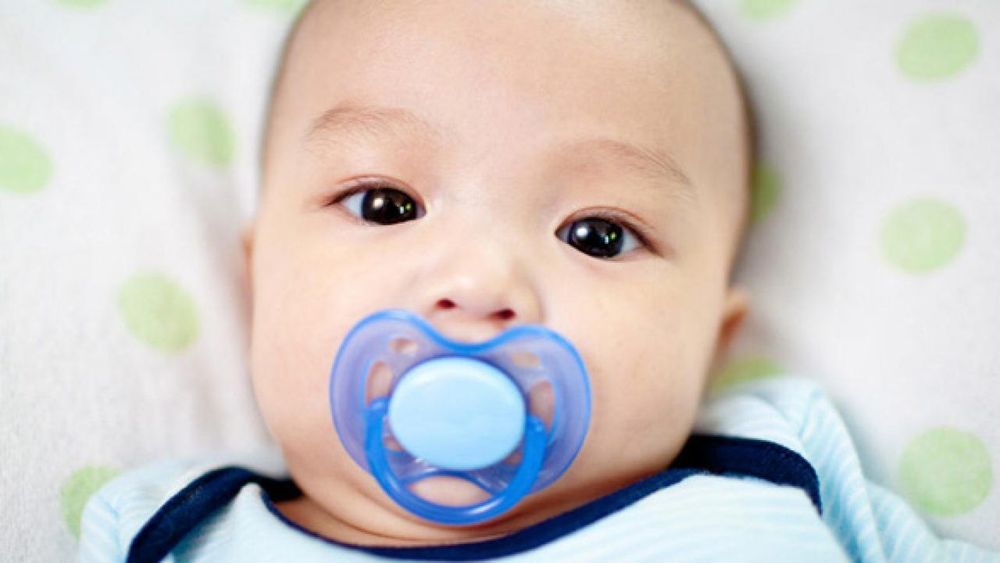
Mút núm vú giả là phương pháp xoa dịu rất hiệu quả khi trẻ quấy khóc, cáu kỉnh, bực bội
2. When to use a pacifier?
When deciding to use a pacifier for your baby, when to use a pacifier is a factor you need to consider carefully:If you are not breastfeeding, you can give your baby a pacifier early on. If you are breastfeeding, wait until your baby is nursing well and your breast milk supply is stable and abundant. The previous view was that giving babies pacifiers early can easily lead to babies rejecting real pacifiers. Now, however, researchers have shown that pacifiers don't have much of an effect on breastfeeding because the two techniques are different. However, it is best to let your baby get used to breastfeeding for a while, and then give him a pacifier. Give your baby a pacifier when you know he's not hungry. If the child is hungry, but you give him a pacifier instead of milk, he will become irritable and irritable, the more hungry he is, the more fussy he will be, and the more difficult it is to breastfeed. Not all babies enjoy pacifiers. Some babies just need to be cuddled, comforted and suckled by their mothers. So, if your baby doesn't like a pacifier, don't force it. Don't use a pacifier as the first measure to soothe a baby, when the baby is fussy, try to comfort the baby by holding the baby, rocking, patting, letting the baby listen to music, singing lullabies, etc.
3. How to disinfect pacifiers
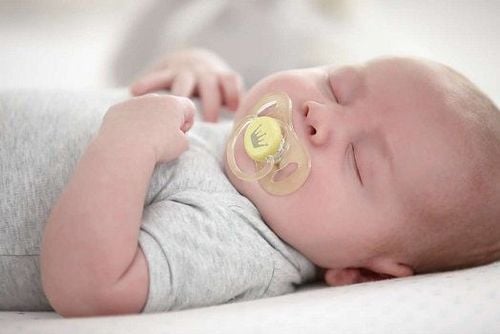
Giữ núm vú sạch sẽ, an toàn cho trẻ sử dụng là một ưu tiên hàng đầu
Possible ways to disinfect a pacifier are:
Before the first use, you boil the pacifier to remove chemical residues in the product. After each pacifier use, wash the nipple thoroughly with bottle cleaner, cover with boiling water, then leave in a dry place to dry naturally. If you don't have a bottle cleaner, you can boil the teats for a few minutes. Or you can also rinse, then use a bottle sterilizer to disinfect the pacifier. Another very effective way of disinfecting baby bottles is to soak the pacifier for a few minutes a day in a mixture of water and white vinegar (equal ratio of the two). Then rinse and let the nipples dry naturally. If you need consultation and examination at Vinmec Hospitals of the national health system, please book an appointment on the website for service.
Please dial HOTLINE for more information or register for an appointment HERE. Download MyVinmec app to make appointments faster and to manage your bookings easily.
Article reference source: babycenter.com, mayoclinic.org




